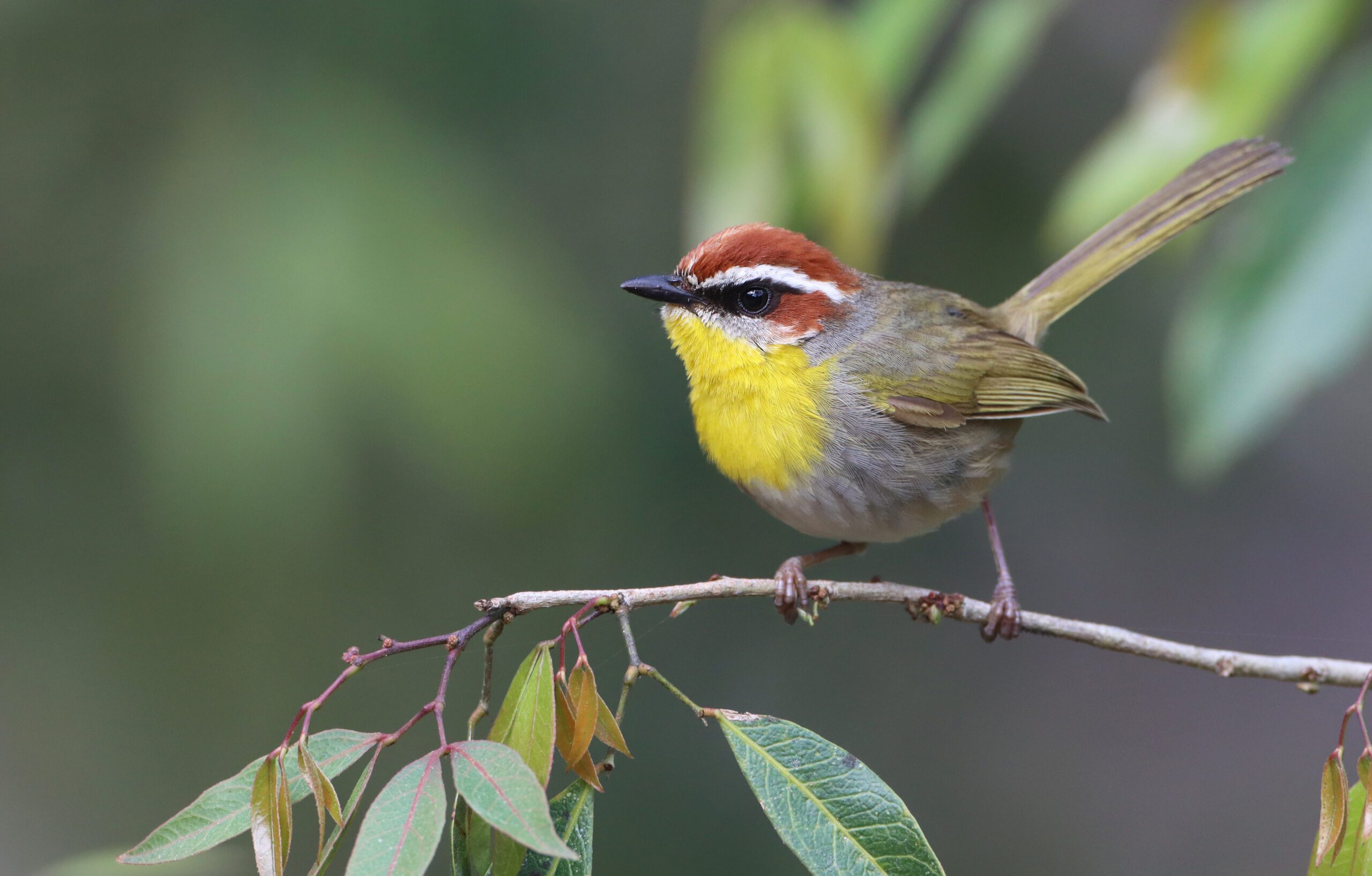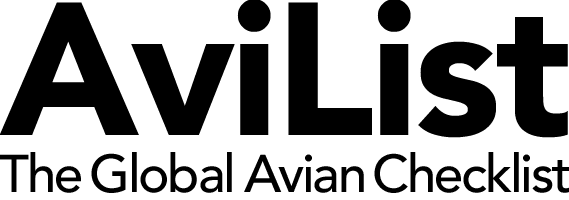AviList paper published
The paper describing AviList and the detailed process behind its creation and continuing refinement has been published online in Biodiversity and Conservation 5 July 2025, with the abstract below. We are very pleased to be able to share free access to the full paper during July and August following this link.
AviList: a Unified Global Bird Checklist
Abstract
Universally recognized scientific names for organisms are necessary for accurate and efficient communication. Incongruence in taxonomic treatments results in situations where one name is used for different entities or one entity is known by different names, with negative consequences for conservation, science, trade, legislation, law enforcement, and education, leading to discord among stakeholders and confusion among users. Within the ornithological community taxonomic incongruence among four widely adopted global bird checklists has led to calls for the development of a single unified global avian taxonomy or checklist. Here we introduce AviList, a comprehensive, collaborative and evolving effort towards developing a unified global avian taxonomy, spearheaded by representatives of most current global checklists and many major regional authorities, and supported by the International Ornithologists’ Union (IOU), BirdLife International and the Cornell Lab of Ornithology. AviList version 2025, the first version, was officially launched on 11 June 2025 and is available online as a comprehensive, searchable public-access database. It recognizes 11,131 bird species in 2376 genera, 252 families and 46 orders. This global effort has resolved over 1,000 species-level taxonomic incongruences among existing checklists. With AviList’s launch, the IOC World Bird List and the Clements Checklist of Birds of the World have ceased any independent taxonomic updates, while BirdLife International is in the process of total alignment, leading to a harmonization in the classification underpinning a number of major bird projects, including eBird, Macaulay Library, Merlin Bird ID and the IUCN Red List. Adoption of AviList will improve inter-operability across global biodiversity, molecular, ecological and spatial databases (e.g. GBIF). Strong governance of AviList will ensure it is a “living” document that is regularly updated by a global community of bird taxonomists as new scientific advances are made, with positive impacts for conservation, academia and human society. It is hoped that AviList will support and encourage taxonomic science by identifying areas where further research is most needed, and that it will provide a blueprint for taxonomic authorities in other organismic groups endeavoring to achieve taxonomic harmonization.
Authors and affiliations
Frank E. Rheindt1*, Paul F. Donald2,3, David B. Donsker4, Jeffrey A. Gerbracht5, Marshall J. Iliff5, Denis Lepage6, Janette A. Norman7, Pamela C. Rasmussen4,5,8, Richard Schodde9, Thomas S. Schulenberg5, Juan I. Areta10, Frederik P. Brammer11, R. Terry Chesser12,13, Robert J. Dowsett11, Alan Peterson11, Per Alström14,15, Martin Stervander 8,16, J.V. Remsen17, Stephen T. Garnett18, Dominique G. Homberger19, Fumin Lei15, Les Christidis7*

1 National University of Singapore, Department of Biological Sciences, Singapore
2 BirdLife International, Cambridge, UK
3 Department of Zoology, University of Cambridge, Cambridge, UK
4 IOC World Bird List
5 Cornell Lab of Ornithology, Ithaca, New York, USA
6 Birds Canada, Port Rowan, Ontario, Canada
7 Southern Cross University, Graduate School, Lismore, New South Wales, Australia
8 Natural History Museum, Tring, UK
9 CSIRO, Canberra, Australia
10 Instituto de Bio y Geociencias del Noroeste Argentino – CONICET, Laboratorio de Ecología, Comportamiento y Sonidos Naturales (ECOSON), Salta, Argentina
11 independent researcher
12 U.S. Geological Survey, Eastern Ecological Science Center, Laurel, Maryland, USA
13 National Museum of Natural History, Department of Vertebrate Zoology, Washington D.C., USA
14 Uppsala University, Department of Ecology and Genetics, Evolutionary Biology Centre, Uppsala, Sweden
15 Institute of Zoology, Chinese Academy of Sciences, Beijing, China
16 Department of Natural Sciences, National Museums Scotland, Chambers Street, Edinburgh EH1 1JF, UK
17 Louisiana State University, Museum of Natural Science, Baton Rouge, Louisiana, USA
18 Charles Darwin University, Research Institute for the Environment and Livelihoods, Darwin, Northern Territory, Australia
19 Louisiana State University, Department of Biological Sciences, Baton Rouge, Louisiana, USA
* dbsrfe@nus.edu.sg (FER); les.christidis@scu.edu.au (LC)
Reference
Rheindt FE, Donald PF, Donsker DB, Gerbracht JA, Iliff MJ, Lepage D, Norman JA, Rasmussen PC, Schodde R, Schulenberg TS, Areta JI, Brammer JP, Chesser RT, Dowsett RJ, Peterson A, Alström P, Stervander M, Remsen JV, Garnett ST, Homberger DG, Lei F & Christidis L (2025). AviList: a Unified Global Bird Checklist. Biodiversity and Conservation in press, https://doi.org/10.1007/s10531-025-03120-y.
